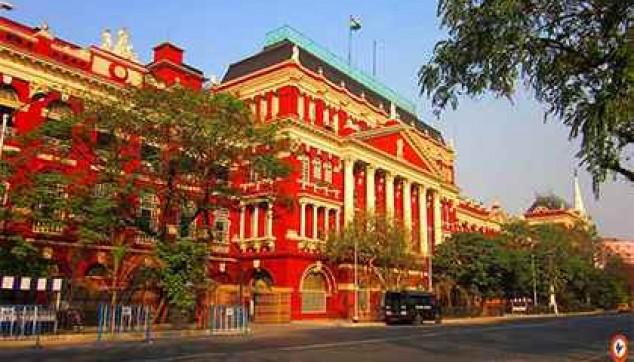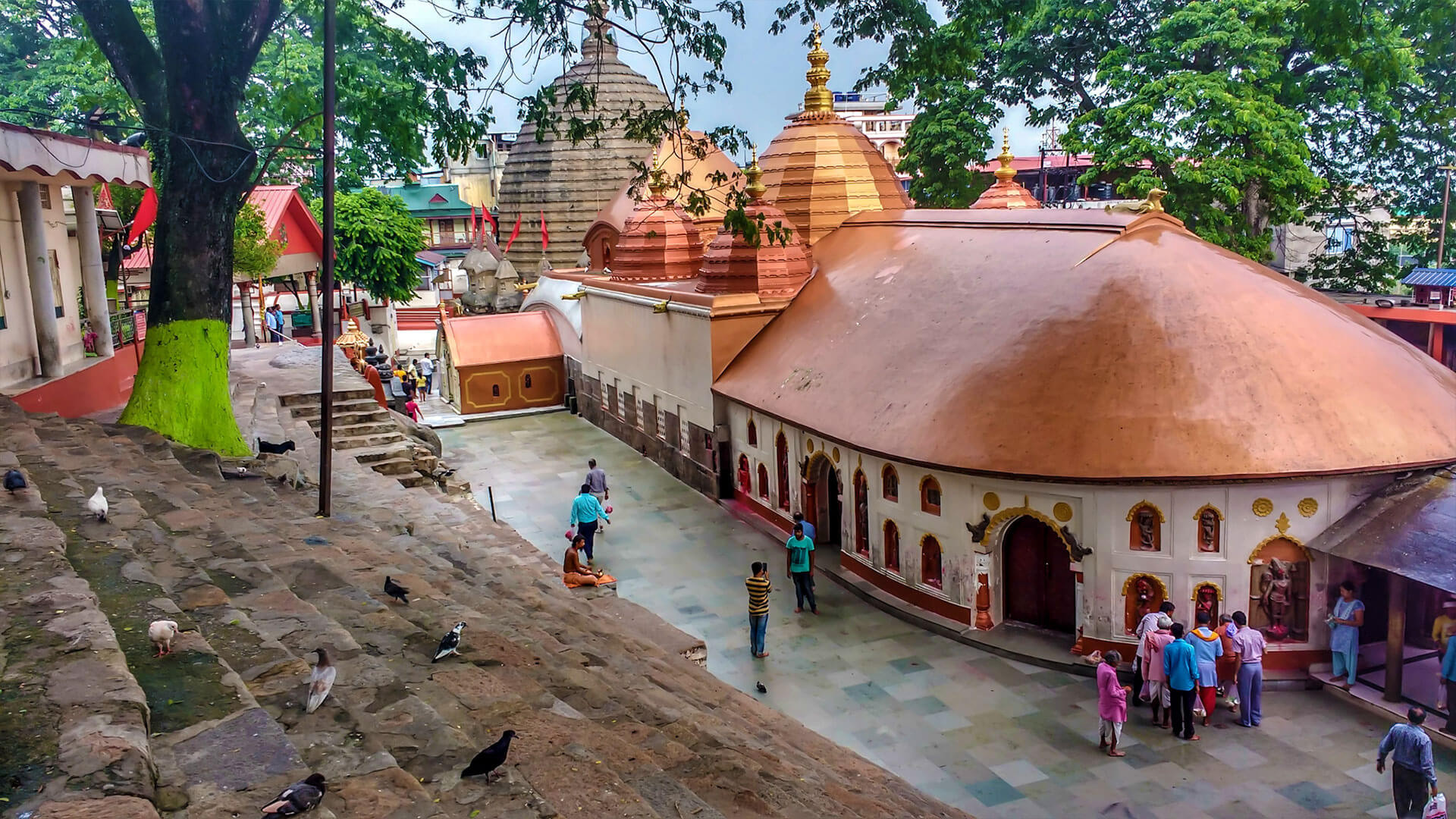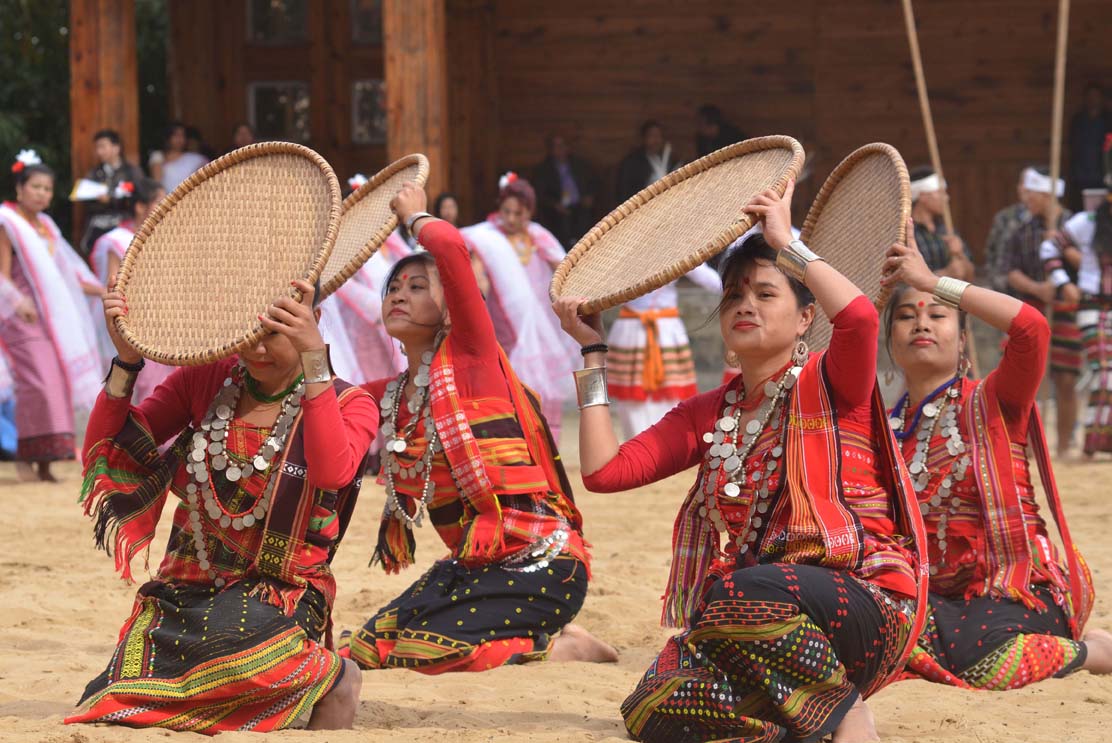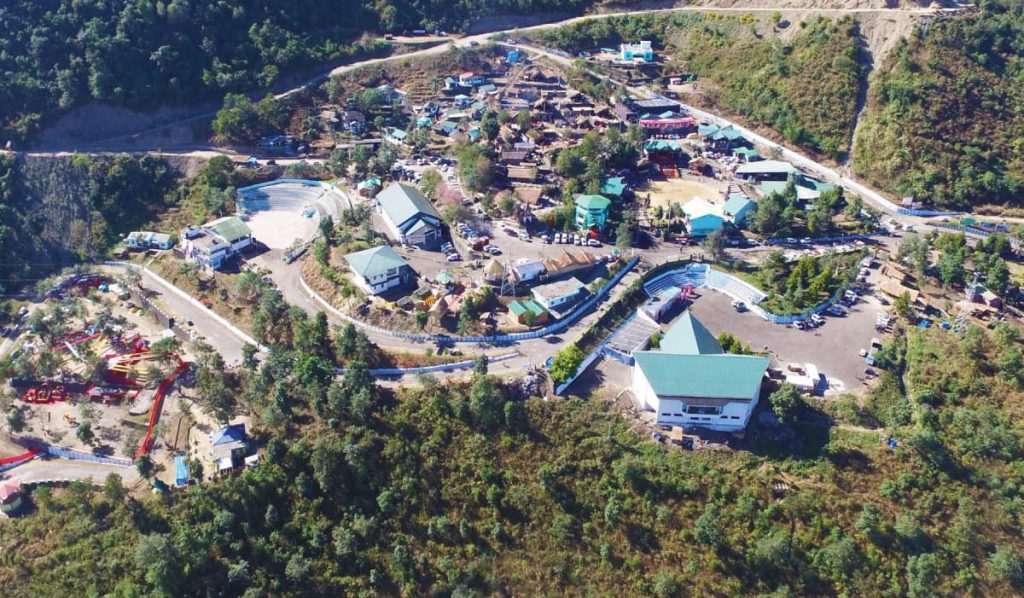Post
breakfast visit to Sualkuchi- the silk village and Hajo, enroute we take a
Dolphin safari. Later we drive to Kaziranga (200kms/04hrs). Upon arrival,
check-in at the hotel. Overnight at the hotel.
Sualkuchi:
Located on the banks of the Brahmaputra, 35 kms north of Guwahati, Sualkuchi is
a weaving village that produces some of the best silk in the state. This sleepy
little village exudes a charm like no other. Almost every house has an adjacent
shed (karkhana) that houses the traditional bamboo loom- the gentle
click-clacking of which can be heard from the streets. You can walk into any of
the numerous karkhanas and observe the talented weavers weaving intricate
patterns on the golden Muga silk. In the early years of the 20th century,
Sualkuchi was developed as a “crafts village”. Most of the funds for this
development work came from eminent Gandhians across the country who responded
to the “back to the villages” slogan of Gandhi’s swadeshi drive. Although the
weaving industry of Sualkuchi remained almost confined to the tanti community
till the 1930’s, with encouragement from the government, people from other
communities also took up silk weaving. There are about 17000 silk looms in
Sualkuchi producing an eclectic range of silk products. Most of Sualkuchi’s
silk is woven into mekhela-chadars and gamosas. Owing to the increasing demand,
the weavers of Sualkuchi have diversified to saris, shawls and dress material.
The silk weaving of Sualkuchi provides direct and indirect employment to more
than 25,000 people throughout the year.
Hajo:
the meeting point of Muslim, Buddhist and Hindu faiths on the northern bank of
river Brahmaputra, has a number of temples The chief among them being the
Hayagrib Madhab Temple – a place of pilgrimage both for the Hindus and the
Buddhists. Hajo’s bell-metal work is renowned for the interesting artifacts
made by local craftsmen.
Dolphin
safari: Visit Kukurmara from Guwahati (1 ½ hrs drive) and then head towards the
beautiful and serene lake of Chandubi. The lake is enthrallingly beautiful and
abounds with dolphins. One can enjoy a ride on a country boat and spend a full
morning here.
Kaziranga
National Park: It is a World Heritage Site, where more than 75% of the world’s
total population of the great Indian One Horned Rhinoceros can be found. It
lies on the southern bank of the Brahmaputra River and is one of the oldest
parks of Assam. Besides rhinos, the Asiatic Water Buffalo, Elephants, Royal
Bengal Tigers, Swamp deer, Barking deer and Hog deer can be seen. About 400
species of birds are found in Kaziranga National Park. To name a few- Swamp
Francolin, Great Hornbill, Pallas Fish Eagle, Pied Falconets, Greater Adjutant
Stork, Long Billed Vulture. There is no telling what one might find in
Kaziranga but it is always a great experience. The specialty here is the Blue
naped pitta among a host of Raptors and Waterfowl. The adjoining buffer areas
are worth a try too, as numerous rare sightings are reported regularly.
Kaziranga National Park achieves global rank with the third highest tiger
density of 18 per 100 sq.km.
Note:
Kaziranga National Park is open to tourists from 01st October to 31st May every
year. However, entry in May will be limited, as full access to all zones is
often restricted due to weather and road conditions. Final confirmation on
access during May is typically provided closer to the date. For the best
experience and full access, visiting between October and April is recommended.
Please note that Elephant Safaris (Subject to availability) are only available
until April 30th, even if the park remains open in May.














